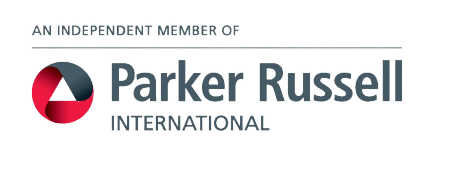Have you considered letting a room in your home? Do you like the idea of letting a room and the additional income but worry about the tax implications? Are you unsure of the tax exemptions that might or might not be available to you?
If you have one or more spare rooms in your home, you may consider renting them out to generate additional income. If you let a furnished room in your home, you can take advantage of the rent-a-room scheme to earn up to £7,500 tax-free each year. The rent-a-room scheme does not apply where a room is let unfurnished. However, you can benefit from the £1,000 property income allowance.
Key dates
If your rental income from letting furnished rooms in your own home exceeds £7,500 and you want to use the scheme to calculate your taxable profit, you will need to elect to do so no later than the first anniversary of 31 January following the end of the tax year to which the election relates (i.e. by 31 January 2026 for 2023/24).
We asked our tax team to take a look at the tax implications of letting out a room in your home, and the tax breaks that might, or might not be available.
Rent-a-room scheme
The rent-a-room scheme can be used by individuals who let out one or more furnished rooms in their own home.
Under the HMRC scheme, if the gross rental income that you receive from letting furnished accommodation in your own home is less than the rent-a-room limit, you can enjoy that income tax free and you do not need to tell HMRC about it. The exemption applies automatically and does not need to be claimed.
The rent-a-room limit is set at £7,500 where one person receives the income. Where income is received by two or more people, each has a rent-a-room limit of £3,750, irrespective of how many people share the rental income.
Gross rental receipts include rental income before deducting expenses, plus any amounts received for the provision of services (such as meals, cleaning and laundry) and also any capital allowance balancing charges.
The scheme can also be used if you run a guest house or a B&B.
Rental income in excess of the rent-a-room limit
You can still benefit from the scheme if your gross rental receipts are more than your rent-a-room limit. Where this is the case, you have a choice of how you calculate your taxable profit and you can choose the method that is most beneficial to you.
Under method A your taxable profit is calculated in the usual way (i.e. total receipts less deductible expenses and any capital allowances) and you pay tax on your actual profit.
Under method B, instead of deducting your actual expenses and capital allowances, you deduct the rent-a-room limit from your gross receipts.
If your actual expenses and capital allowances are less than the rent-a-room limit of £7,500 or £3,750 (as applicable depending on whether the receipts are shared), method B will provide the best result.
However, if you wish to method B, you will need to elect to do so by the first anniversary of the 31 January following the end of the tax year to which the election relates (i.e. by 31 January 2026 for 2023/24). The election can be made in your tax return.
Expenses exceed receipts
The rent-a-room scheme is not beneficial if your expenses and capital allowances exceed your rental income as you will lose the benefit of the loss. Where this is the case, calculate the loss in the normal way so that it is available to offset against future rental profits from letting a furnished room in your home. However, to claim the loss, you will need to complete a tax return, even if your rental income is less than £7,500.
Letting a room – unfurnished
The rent-a-room scheme only applies if you let furnished rooms in your home. If you let unfurnished rooms you can instead benefit from the property allowance. This allows you to earn rental income of up to £1,000 a year tax-free. If your rental income does not exceed £1,000, you do not need to tell HMRC. If your rental income is more than £1,000, you can deduct the £1,000 allowance rather than your actual expenses and capital allowances if this results in lower taxable profit.
However, if you make a loss, it is better to calculate it in the usual way so that it is available to set against future taxable profits.
Letting a room – capital gains tax implications
Letting a furnished room under the rent-a-rooms scheme does not compromise the availability of private residence relief. However, if you let an unfurnished room, the gain attributable to the let will not qualify for private residence relief. This may not be a problem if the resulting gain is sheltered by the annual exempt amount (although this has been reduced to £6,000 for 2023/24 and is to fall to £3,000 from 2024/25). If you occupy the property with the tenant, you may be eligible for lettings relief.
If you would like to discuss the benefits of letting a room in your home and the relevant tax implications and exemptions, please contact us today or telephone us. A member our team is waiting to take your call.



